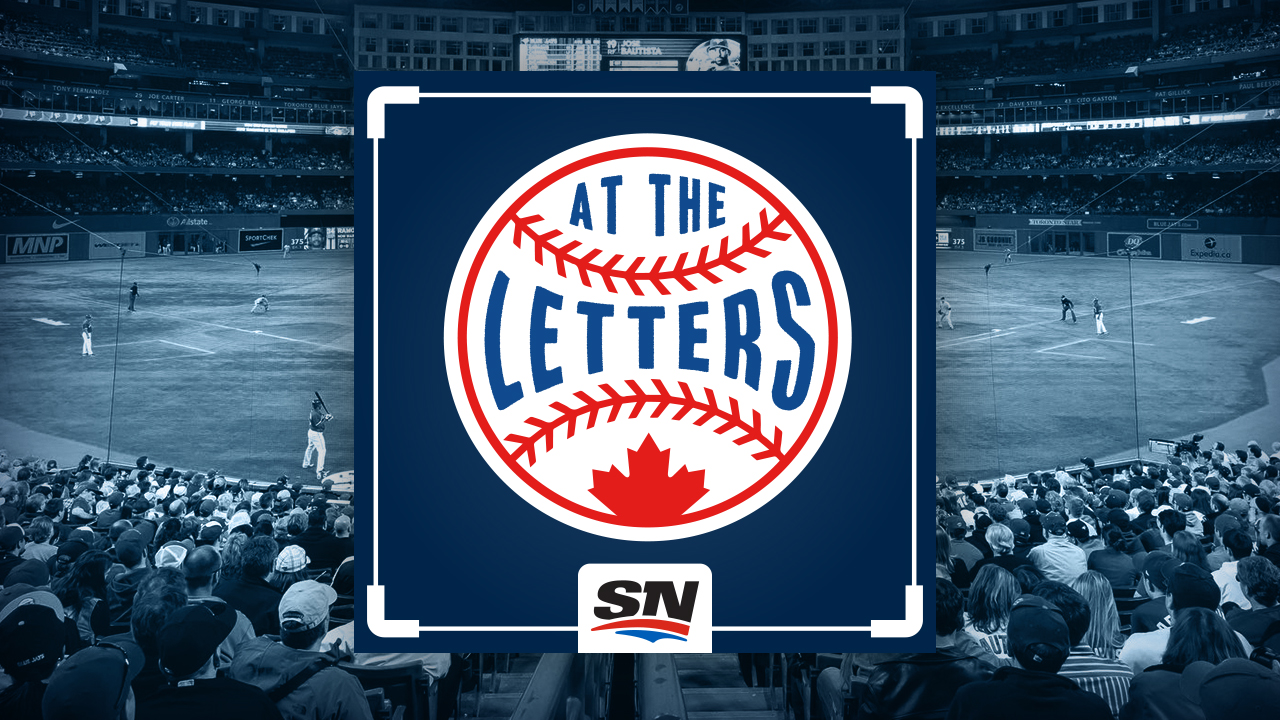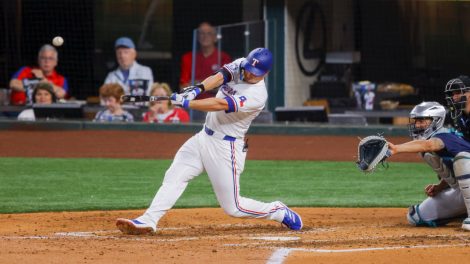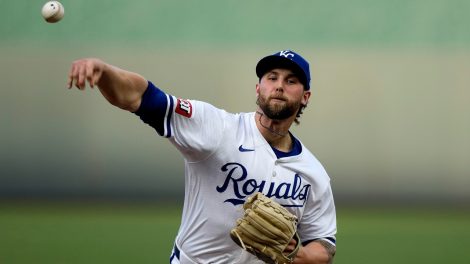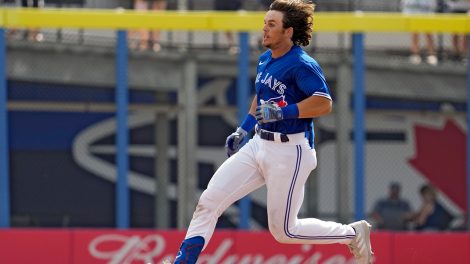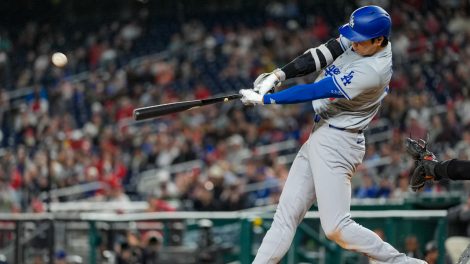There’s nothing sexy about salary arbitration, but the process shapes MLB payrolls and often leads to extension talks.
After weeks of preparation, MLB teams and agencies are now having serious discussions about potential deals for arbitration eligible players in advance of Friday’s 1 p.m. ET deadline for exchanging figures.
When it’s all over, dozens of players will have reached agreements on 2014 salaries with many obtaining multi-year deals. Others simply submit their filing numbers, formal bids that set up further negotiation in advance of potential hearings.
Though it’s technically a discussion between team and player, salary arbitration decisions affect the industry as a whole, because past salaries impact future decisions. This means the MLB Players Association and MLB’s Labor Relations Department are both closely involved in the process.
That support may be a welcome advantage for the Toronto Blue Jays, who recently lost assistant general manager Jay Sartori to Apple Inc. But the Blue Jays don’t typically go to arbitration hearings. They last went to a hearing in 1997, when Bill Risley wanted $550,000 and the team offered $380,000 (the Blue Jays won).
This year GM Alex Anthopoulos has three arbitration-eligible players on his roster. Here’s a closer look at their cases (for a complete explanation of salary arbitration, click here, or scroll down to the end of this article):
Colby Rasmus
Arbitration eligible for third and final time; earned $4.675 million in 2013
Strengths: Rasmus hits for power, and power pays. With 22 home runs and an .840 OPS in 2013, he produced at the plate and played a premium defensive position. While Rasmus’ 4.8 wins above replacement season would have limited impact in a hearing, teams and players have discussed some advanced statistics with increasing frequency in recent years.
Weaknesses: He missed 44 games and collected just 458 plate appearances in 2013. His RBI total (66) isn’t anything special, either. This will limit Rasmus’ leverage.
Agency: Excel Sports Management
Projected salary: Rasmus’ value now sits around $6.85 million in my view (I examined his case in detail before he returned from injury in September). That would match B.J. Upton’s raise from two winters ago and surpass MLB Trade Rumors‘ projection of $6.5 million.
Brett Cecil
Arbitration eligible for first time; earned $510,000 in 2013
Strengths: Cecil’s 2013 season provides him with plenty of ammunition. It included an all-star selection, a 2.82 ERA and 70 strikeouts in 60.2 innings with 11 holds. His success as a starter won’t hurt; he went 15-7 with 4.22 ERA in 2010.
Weaknesses: Cecil’s 2011-12 struggles limit his leverage. He lost his rotation spot in 2012 and was demoted to middle relief. Career numbers matter for first-time eligible players, and Cecil’s path to success included many struggles.
Agency: ACES
Projected salary: In my view Cecil should surpass $1 million easily following his breakout year. MLB Trade Rumors projects $900,000.
Esmil Rogers
Arbitration eligible for first time; earned $509,000 in 2013
Strengths: With 137.2 innings in 2013 and 375.1 career innings, Rogers can argue that he has been a valuable contributor since debuting in 2009. After making 20 starts in 2013 he can compare himself to other swingmen for additional leverage.
Weaknesses: Because he has changed roles often, Rogers doesn’t have many wins, holds or saves. This will limit his earnings, since non-closing relievers are not well-compensated in arbitration relative to starters and high-leverage relievers. He has a 16-21 career record and a 5.52 career ERA. Players with comparable numbers haven’t typically made huge gains in arbitration.
Agency: World Sports Agency
Projected salary: MLB Trade Rumors projects $1 million
Salary Arbitration Explained:
Players with between three and six years of MLB service time are arbitration eligible along with a selection of players with two to three years of service time (called Super Two players). As players gain experience they see their salaries increase through the arbitration system, which was initially established by MLBPA Executive Director Marvin Miller in 1974.
Since the process was established before the rise of sabermetrics, it favours old-school statistics such as wins and RBI. Above all, players are compensated in proportion to their playing time.
Sometimes players become uncomfortably expensive, at which point they can become non-tender candidates. On those occasions, teams will release a player early instead of tendering him a contract offer through the arbitration process and reserving a roster spot for him.
Teams and players exchange filing numbers for unresolved arbitration cases in January, with the player almost always submitting a higher figure than the team. If the sides don’t negotiate an agreement after exchanging figures, they go to an arbitration hearing the following month. A panel of arbitrators (people who aren’t necessarily well-versed in baseball) then hear arguments from both sides before selecting one side’s submission.
After a player accrues six years of MLB service, he’s eligible for free agency, assuming he hasn’t already signed a long-term contract extension.
Explanation via Sportsnet’s off-season glossary



